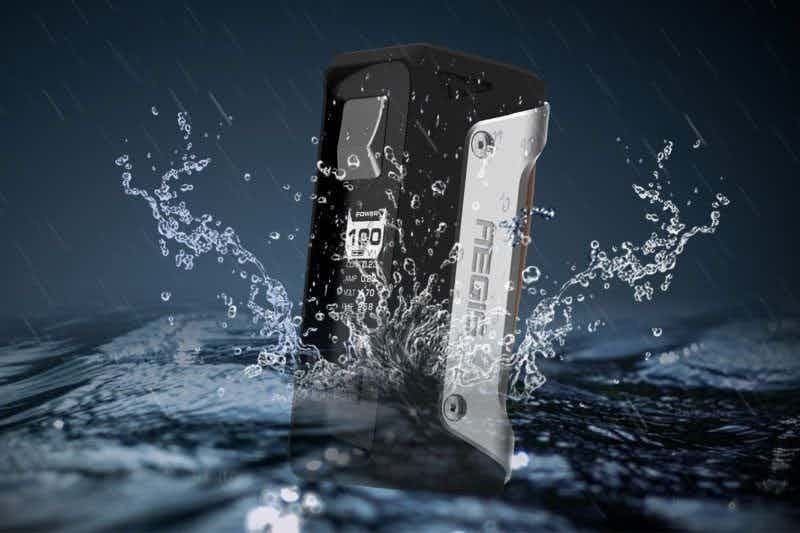Best Methods for Testing Vape Draw Resistance
The burgeoning vape industry continually evolves, with manufacturers striving to deliver products that enhance the vaping experience. One crucial factor that significantly influences user satisfaction is draw resistance. Understanding how to test this aspect effectively is vital for consumers and manufacturers alike.
Product Features
When assessing vape draw resistance, several methods stand out. These methods can vary from simple subjective measures to more complex technical assessments. Common approaches include using specialized equipment like pressure gauges, subjective user feedback, and comparative analysis of draw resistance across various products. Devices with adjustable airflow and differing resistance levels provide an enriched testing experience, allowing for comprehensive evaluation.
Usage Experience
Consumers commonly describe draw resistance as the ease with which vapor is inhaled. Vapers may prefer tight draws akin to traditional smoking or loose draws for airy qualities. Testing methods, therefore, must address personal preferences as well as objective metrics. A notable strategy is to utilize a standardized inhalation technique while measuring the resistance using tools like a pressure gauge that quantifies the force exerted during inhalation. This combination of qualitative and quantitative assessment often leads to more informed product selection.
Comparative Analysis with Rivals
When compared to competing methods, an effective draw resistance testing strategy requires robust sampling. Competitors may use varying methodologies, ranging from advanced sensors to subjective evaluations from vape experts. Some high-end brands have developed proprietary testing rigs that simulate real-world inhalation scenarios, yielding the most accurate results. However, many entry-level brands rely on anecdotal evidence, which can lead to inconsistencies. Therefore, a systematic approach utilizing both scientific equipment and user feedback is increasingly becoming the gold standard.
Advantages and Disadvantages
The primary advantage of effective vape draw resistance testing lies in its ability to guide consumer choices, improving overall satisfaction. Accurate measurements help identify the best devices tailored to individual preferences, enhancing user experience. On the flip side, relying solely on subjective feedback may introduce variability, as different users may have varying interpretations of draw resistance quality. Additionally, the cost associated with high-end testing equipment can be prohibitive for smaller manufacturers.
Target User Demographics
Understanding the target user demographic is essential for effective draw resistance testing. New vapers often seek devices that closely mimic the smoking experience, while seasoned users may prefer a range of draw options. The growing trend of customizable vaping also indicates a shift towards products that allow users to modify their draw resistance. Thus, the testing methods employed should cater to these diverse user groups while providing detailed insights into their preferences.

In conclusion, testing vape draw resistance is integral to the vaping experience, influencing both product choice and satisfaction. By utilizing a blend of subjective and objective methodologies, consumers can make informed decisions that enhance their enjoyment of this ever-evolving industry.




